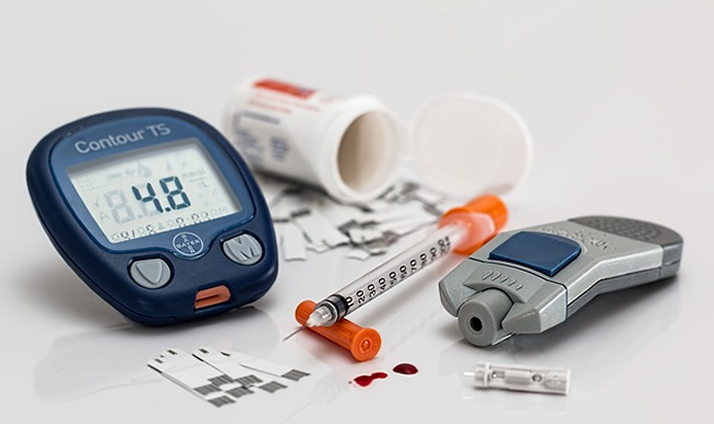4% of the population with diabetes account for 12% of health costs
Diabetes is on the rise in Australia, with 62 Queenslanders diagnosed with the condition every day. It can lead to a range of complications which can cause disability and reduce quality of life and life expectancy. Diabetes is an enormous public health and social burden, and is one of the top 10 causes of death in Australia.
Did you know…?
- People with diabetes are almost 3 times more likely to have hypertension, obesity or high cholesterol.
- They are two to three times more likely to have cardiovascular disease.
- 65%-80% will die from cardiovascular disease.
- 15% have heart disease compared to 2.5% of people without diabetes.
- Diabetes is one of the most serious causes of kidney failure.
- Kidney disease accounts for 8%-14% of deaths in people with diabetes.
- 5% of people with diabetes will experience foot ulcers.
- Of the 3,000 amputations in people with diabetes, most are preventable.
- Visual problems are common in people with diabetes.
- Blindness as a consequence of diabetes is common in people over 60 years.
So what is diabetes?
At a basic level, diabetes is a condition where the body fails to process the glucose it receives from food into energy. Normally the body produces a hormone called insulin, which allows glucose (sugar) to be absorbed from the bloodstream into the cells where it is used as a source of energy and for excess glucose to be stored in the form of glycogen.
This failure of the body to properly handle glucose results from decreased insulin secretion, flaws in insulin action, or both. Insulin, produced by beta cells in the pancreas, allows the body’s cells to use glucose as energy. When this cannot happen the body attempts to introduce more fuel (food) and starts to use alternate sources, such as stored fats. Because of this, blood glucose levels rapidly rise. Unchecked, this sequence of events can finally lead to a life-threatening condition known as diabetic ketoacidosis which can lead to a diabetic coma.
The three main types of diabetes:
Type 1 diabetes is a disease where the body’s immune system attacks the insulin producing cells of the pancreas. People with type 1 diabetes cannot produce insulin and require lifelong insulin injections. The disease can occur at any age, although it mostly occurs in children and young adults.
Type 2 diabetes occurs when the body becomes resistant to the action of insulin, or when the beta cells of the pancreas are unable to produce sufficient insulin. It is associated with hereditary factors and lifestyle risk factors including poor diet, insufficient physical activity and being overweight or obese. Some people with type 2 diabetes may be able to manage their condition through lifestyle changes; however, diabetes medications or insulin injections may also be required to control blood glucose levels. Type 2 diabetes occurs mostly in people aged over 40 years, however, the disease is also becoming increasingly prevalent in younger age groups.
Gestational diabetes occurs during pregnancy and usually disappears once the baby is born. However, a history of gestational diabetes increases a woman’s risk of developing type 2 diabetes later in life. The condition may be managed through adopting healthy dietary and exercise habits, although diabetes medication, including insulin, may also be required to manage blood glucose levels.
Managing diabetes
Although the complications of uncontrolled diabetes are common and serious, a motivated person with diabetes can lead a normal life and reduce their risk of complications. This involves active changes to a person’s lifestyle, the use of medication to control blood glucose levels, addressing long-term risks of diabetes and the involvement of many members of the health care team (which can often include you as a pharmacy assistant).
Long term problems…
Poorly controlled diabetes can cause damage to blood vessels and nerves and lead to serious problems with:
• Eyesight, including loss of vision and blindness.
• Kidneys, leading to regular infections of the urinary system.
• Liver
• Heart and blood vessels, leading to high blood pressure or stroke.
• High cholesterol and triglycerides, accelerating the blockage of arteries.
• Feet, including to nerve and blood vessel damage in the feet, and foot ulcers
• Ability to fight disease, leading to bacterial and fungal infections
• Fertility, leading to difficulty conceiving and miscarriage.
• Mental health, such as higher levels of depression
• Mouth, leading to gum disease
Do this month’s Brain Tweezers to see if you have a good memory!
Sources: SIRCHCS408 – Test blood glucose and advise on equipment and services for diabetes management, Diabetes Queensland

